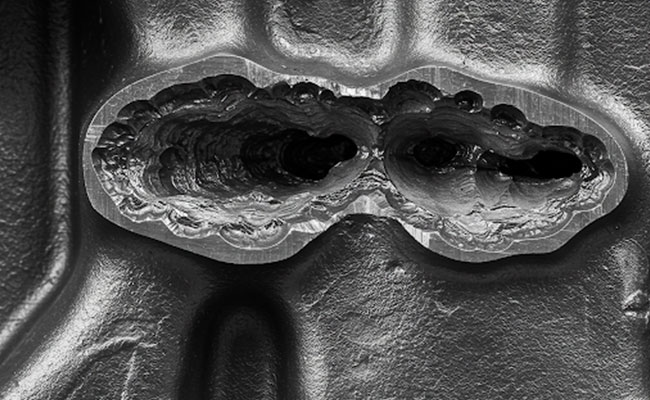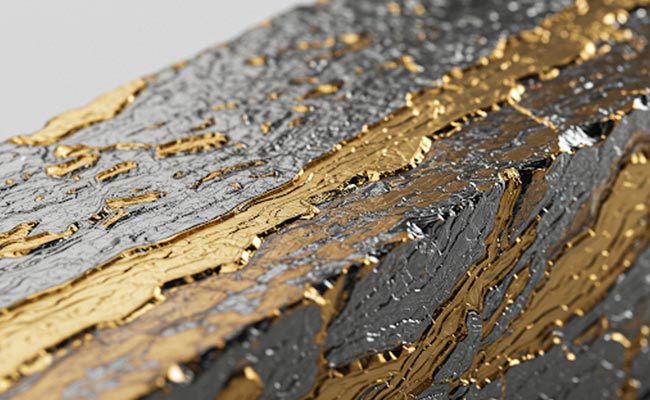
Maintenance Tips to Extend the Lifespan of Cast Metal Parts Part one
2025-10-06
Benefits and challenges of investment casting 1
2025-10-205. Corrosion Protection
- Use protective coatings: Apply paint, powder coating, or plating (such as galvanizing) to protect cast metal parts from rust and environmental damage.
- Use sacrificial anodes: For metal parts exposed to water (e.g., marine environments), sacrificial anodes can help protect against corrosion.
6. Avoid Overloading
- Respect load limits: Always follow the manufacturer’s guidelines for weight or load limits. Overloading can cause undue stress, leading to early failure.
- Use parts within their intended function: Ensure cast metal parts are used within the design limits. Using them in ways they weren’t designed for can lead to premature wear or breakage.
7. Storage and Handling
- Proper storage: Store cast metal parts in a dry, controlled environment to prevent exposure to moisture, which could cause rust or corrosion.
- Careful handling: Avoid dropping or handling cast metal parts roughly. Since cast metals can be brittle, improper handling can result in cracks or chips.
8. Rework or Refurbishment
- Refurbish when needed: If cast parts show signs of wear but are still structurally sound, consider reworking them (e.g., grinding down any worn areas, re-coating, or re-machining to restore original functionality).
- Re-cast if necessary: If a part is beyond repair, it may be more cost-effective to have it re-cast rather than constantly repairing it.
Regular attention and proper care can significantly extend the life of cast metal parts, saving money and improving the performance of machinery or structures that rely on them.




